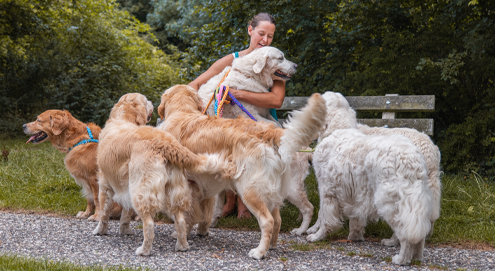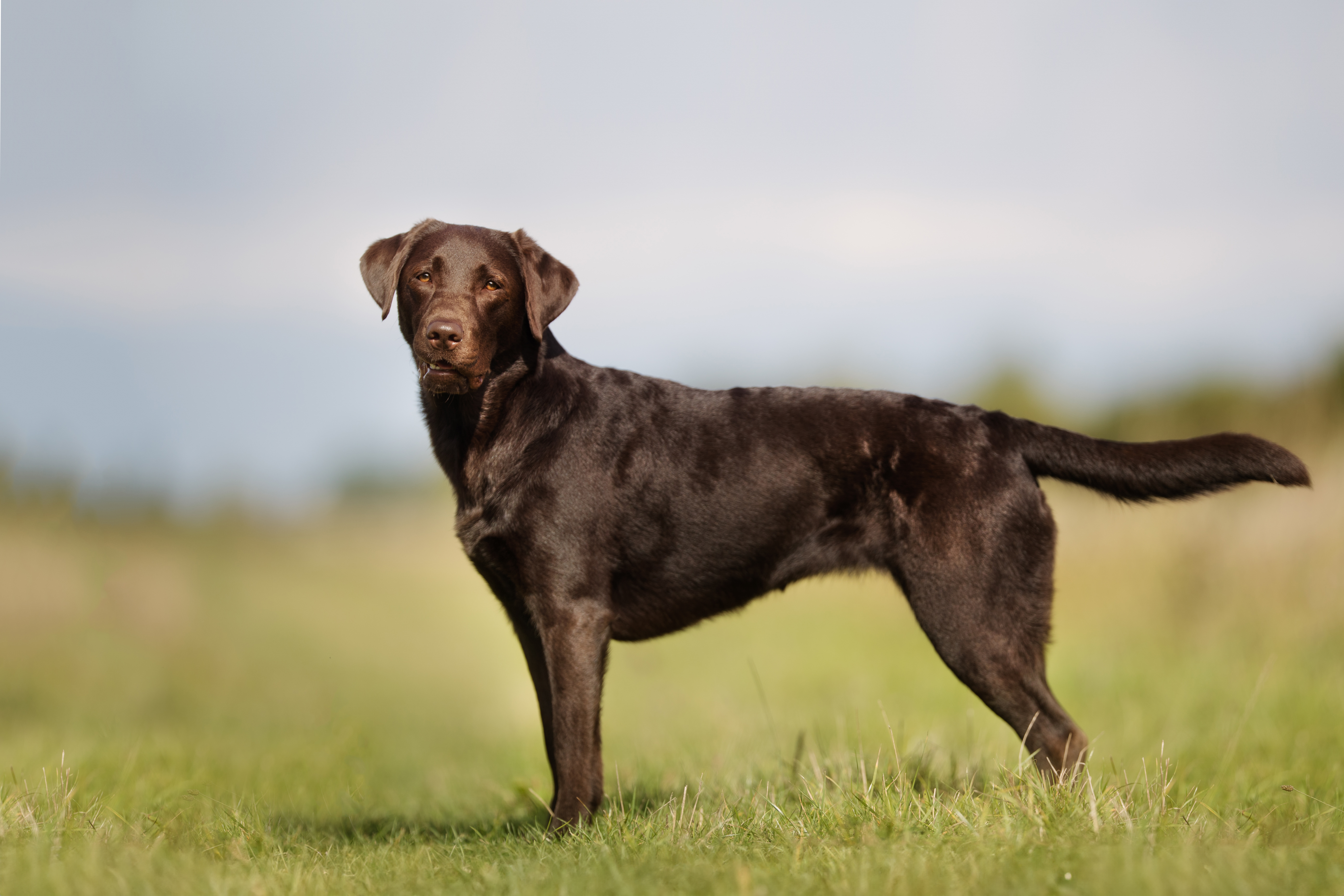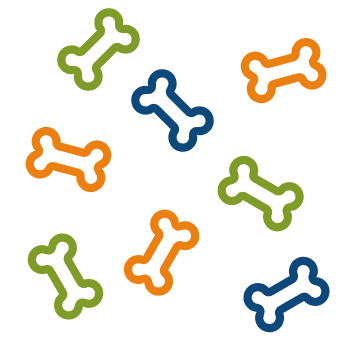Characteristics
Country of origin:
Siberia
Also known as:
Samoyed, Samoyed dog, Bjelkier, or Sammy
Body build:
Strong, muscular, and well-proportioned with a deep chest and a thick double coat that protects against cold climates.
Colours and coat types:
White, cream, and white with biscuit-coloured markings. Thick double coat consisting of a soft, woolly undercoat and a longer, straight outer coat.
Weight:
15 - 30 kg
Height:
50 - 60 cm
Life Expectancy:
Average of 12 to 14 years
Health risks:
Hip dysplasia, progressive retinal atrophy (PRA), juvenile cataract, hypothyroidism, and kidney problems.
Kennel Club Breed Standards:
Working
Suitable for:
An active and dedicated owner who can devote plenty of time to exercise, training, and coat care.







